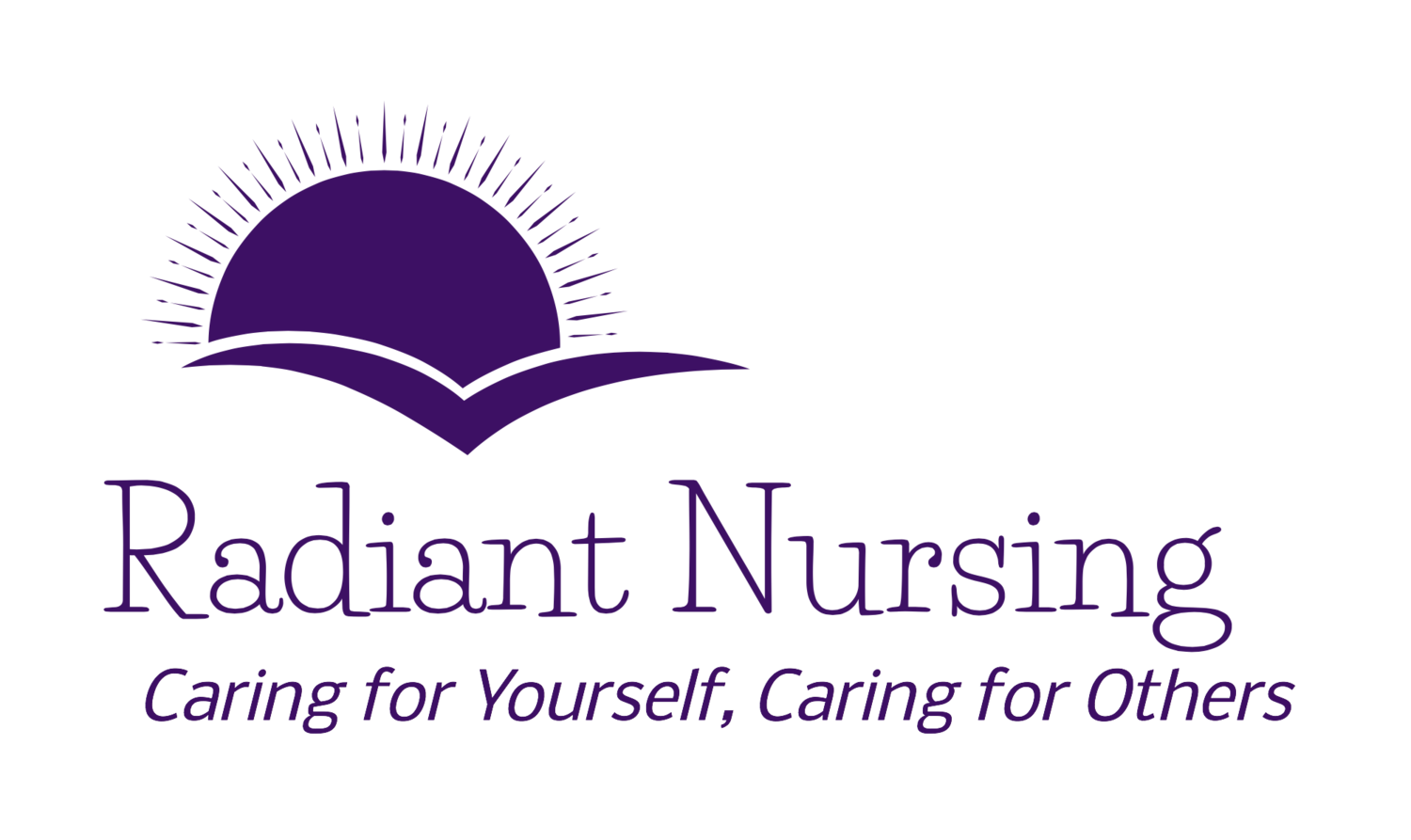The Butterfly And The Fly
/A World Of Insects
“Change your thoughts, and you change your world.”
In a meditation group, Kate wrote:
“A butterfly landed on my hand today! It was beautiful. I mildly squealed and jumped up off the bench and it flew away. Not very zen. But I still feel really honored...””
Something To Consider
Wait, what? Would you be just as honored if a fly landed on you?
If not, why not? I asked this question in response to Kate's message.
House Flies Or Butterflies?
Isn't every expression of the divine dance beautiful?
With our human judgments of less and more, good and bad, we define the world's existence.
As if our existence could be defined.
It doesn't seem possible that God, the One Source, the Creator of All, whatever you call it, finds any created creature higher or lower than the other. Otherwise, it wouldn't be here.
One person commented back to my question:
“Because butterflies are butterflies, while flies are flies.”
Well, he has a point. Flies can be concerning if they spread disease, such as:
“* Shigellosis - bacillary dysentery and other diseases causing diarrhea
* Salmonellosis - food poisoning, typhoid, paratyphoid and enteritis. Although flies are capable of carrying these diseases, it is much less common than the shigellosis diseases.
* Bacteria causing conjunctivitis - this mainly occurs in Asia and Africa and the Pacific regions
* E. coli (Escherichia coli)
* Parasitic worms - especially tapeworms.”
Yikes!
Still, they have a purpose here on this planet. Housefly larvae feed and develop in a wide range of decaying organic matter which is important for recycling of nutrients in nature.
Forensic scientists love them.
“Small House Flies are annoying because they are attracted to food and toilets, but their affinity for corpses makes they quite useful to Forensic Entomologists.”
The scientists use flies to help them gauge the amount of time a corpse has been decomposing.
A Day In The Life Of A Fly
“You will find house flies pretty much everywhere there are humans or animals. Flies love things like garbage, manure and anything else that left out in a warm environment (like food you left on your counter all day).
House flies don’t feed off of human flesh – they get their nutrients from spitting saliva on their food, which liquifies it so they can suck it up with their sponge-like mouths.”
We tend to think of flies as being dirty, but in fact, they, themselves, are very clean. A fly spends a lot of time cleaning itself.
Picture all those times you see a fly rubbing its antennae together. It uses its legs to clean dirt from every area of its body, then rubs its legs so the dirt falls off. Great for the fly, although that dirt is now dropped on your food or kitchen counter top.
Flies are also remarkable:
“Flies use their antennae to smell.
A fly can go 45 mph and beat its wings up to 200 times per second.
Houseflies existed 65 million years ago!”
Miracles Of Creation
The miracle of life expresses in both the butterfly and the fly.
Ah, man, who deems that his judgment creates the world.
Of course, I, too, would be more inclined to have a butterfly landing on me than a fly. Still, it's nice to learn about both of them with an expanded vision that can appreciate all of creation.
To be here at all, together, is an honor.
Another commenter added his thoughts:
“I would be more honored by a butterfly because butterflies seek nectar while flies have a tendency toward bad smells!
But there is a great video on Youtube called Mindfulness – The Fly. Perhaps your views are right after all...”








